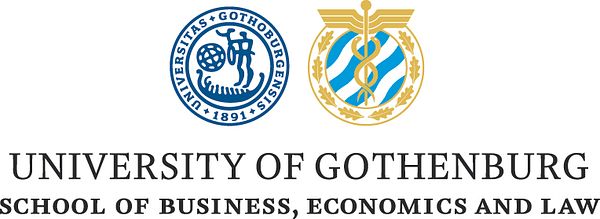Blogginlägg -
Make in India, please
I had a truly stunning laundry bill from the on-campus hotel here at the Indian Institute of Management Bangalore (IIMB), where I stayed during the 10-day residency in Bangalore together with the Gothenburg Executive MBA class of 2014-2016: to have a long-sleeved shirt washed, ironed, neatly folded and delivered to my room cost me 2,31 SEK (0,25 EUR), or 16 rupees. How can laundry services in India’s third largest city possibly be so inexpensive?
The answer is twofold: 1. the low relative productivity level of the Indian economy as a whole (in 2014, India’s GDP per capita was 1,581 USD, a mere 2,7% of Sweden’s 58,938 USD per capita) and 2. the vastly different productivity levels across the sectors of the Indian economy.
Since commencing the liberalization of its economy in 1991, India has been successful in growing its services sector. Western companies are outsourcing helpdesk and IT services to India since long. In 2014 services contributed 67% of India’s GDP – while employing only 23% of the Indian labour force. Compare that with the agriculture sector, which contributed with 14% of GDP – but employed a staggering 55% of the total labour force. Doing the maths to compare services sector productivity with that of agriculture, on average the services sector turns out to be 11 times more productive. Mind you, even in the services sector many jobs are also low-skilled and low-paid. For this my laundry bill is a tangible evidence.
So, the multi-billion dollar question for the Indian government to answer becomes: where can new and better paid jobs be created?
Compared with China, the relative size of India’s industry sector is very small indeed: only 19% of GDP is created in the industry sector. In the rapidly growing Indian economy (which, incidentally, likely outgrew China in 2015) there is plenty of scope to boost manufacturing. Attempting to mimic the Chinese development since the late 1980s, a growing Indian industry sector would create new employment opportunities and better pay for people today working with unskilled farming (or service) tasks. But what would it take?
“Make in India” is a broad campaign, intiated by the government to boost manufacturing in the country. Given the tremendous amount of Indian bureaucracy to be overcome in planning, building and operating new Indian manufacturing entities, it is becoming urgent for the government to reform the legislation under which domestic and foreign corporations can operate and grow their manufacturing operations in India. Until those obstacles have been removed or drastically reduced, perhaps the campaign had better be humbly renamed ”Make in India, please”?
If successful, 5-10 years from now I can certainly expect a differently priced Indian laundry bill – one I will happily pay.
Source here.
Ämnen
- Ekonomi, finans
Kategorier
- ledarskap
- executive mba
- leadership
- handelshögskolan i göteborg
- emba
- mba sverige
- mba göteborg
- mba india
- iimb
- indian institute of bangalore
Regioner
- Västra Götaland
